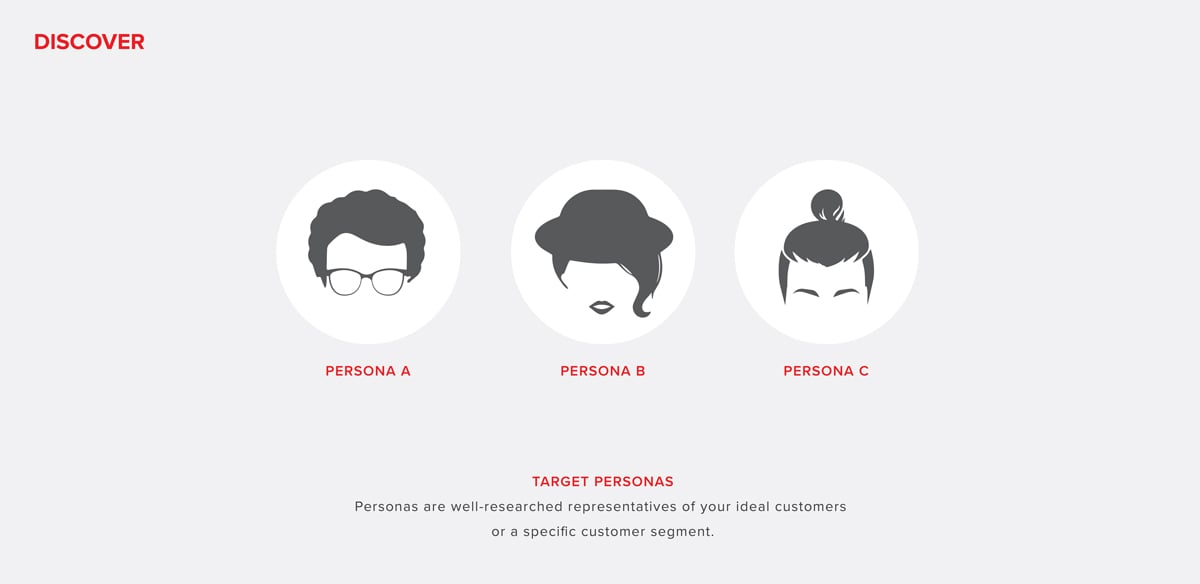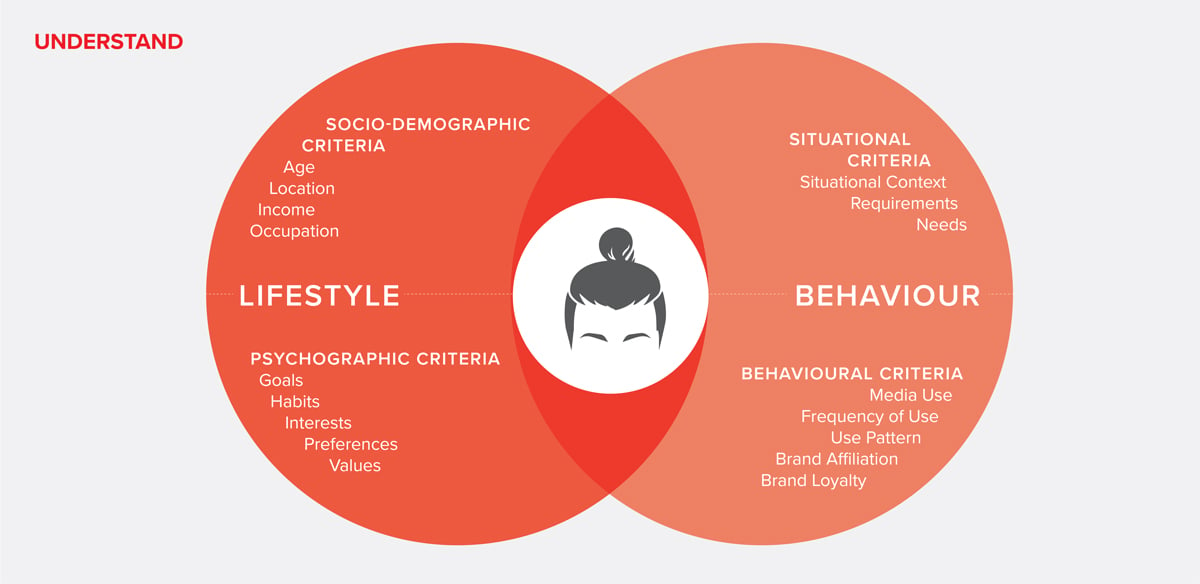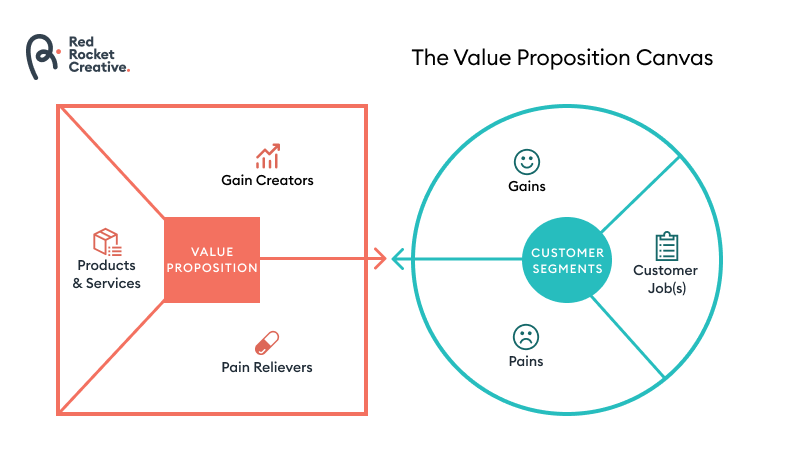Think about the last marketing campaign that made you think, “How did they know?”
For me, it was the New York Times’ most recent subscription drive. Their simple, well-targeted messaging got me to sign up. The newspaper clearly understood their marketing persona (in this case, me) and it paid off.
Getting into the minds of your customers and prospects can be tough. But that’s why having realistic, well-developed personas is so important. By helping you understand your customers’ journeys, personas can help boost web traffic, sales, engagement, and more.
In this blog post, we’ll dive into the benefits of using personas, and what it takes to create one.
Why Personas Matter
Personas are fictional representations of your ideal clients, customers, or users. They use real-world data and market research to explore different customer motivations, goals, demographics, and behaviours.
By creating detailed personas, you’ll be able to structure marketing touch points with these key characteristics in mind. This, in turn, will help you engage customers more efficiently and effectively.
Here are just a few ways personas help brands succeed:
- Launch something new: Adding a new product line or moving into a new market? Developing personas is a great way to really get to know the ideal customer you’re trying to attract, including their needs, experiences, behaviours, and goals.
- Gain customers: Claiming to ‘intuitively’ know your target market is shortsighted. Personas will help you understand the challenges your prospects face, which is essential for successful customer acquisition and retention.
- Spend less, gain more: To succeed at digital opportunities like social media and search engine advertising, you need to target the right person with the right content. Use persona information to buy ads that truly work, prevent “banner blindness”, and ensure that you design websites with your customer in mind.
- Get more (quality) web traffic: Clients often come to us because they want to boost their traffic. In most cases, though, the real issue isn’t how many visitors they’re reaching, but who they’re reaching. Personas help you tailor your marketing tactics to target the right people, at the right time.
How to Create Effective Personas

As marketers and designers, we sometimes think of the people we’re trying to reach as “targets.” We end up “bombing” them with our marketing tactics, instead of taking a human-centred approach that puts customers and buyers first.
Creating personas can help you take a more empathetic approach to marketing. These fictional individuals allow you to picture your customers as real people, rather than statistical averages.
But that doesn’t mean you can forget about the data entirely. To create a stellar persona, you’ll want to model your customers’ desires, goals, and expectations as realistically as possible.
Here at Red Rocket Creative Strategies, we recommend applying several methods:
- Conduct market research to gain insights into potential customers.
- Use website analytics to identify behaviour patterns.
- Interview or survey current clients and prospects about their challenges and motivations.
- Visualize your persona in the context of their everyday life.
We are trying to uncover the lifestyles and behaviours of personas by understanding the following four key areas:
- Socio-demographic
- Psychographic
- Situational
- Behavioural
Here’s a breakdown of each area.
Who are they? : Socio-demographic information

Your company likely already has some socio-demographic information available about your target customer. However, it’s important to remember that this may not be the full picture.
Instead, create a persona with an in-depth socio-demographic profile. This should cover basic facts like their age, location, income, and occupation. But it can also include details about their health, home life, and more.
Here’s an example socio-demographic profile:
- Female
- Aged 60-70
- Widowed with adult children
- Living in the suburbs
- Looking for a retirement home for the future
- Struggling with arthritis, diabetes, and a lack of energy
- Household income of $80K+
What’s important to them?: Psychographic information
Individuals who fall into the same demographic group don't necessarily fall into the same psychographic group. Prospects with similar characteristics might have different goals, habits, interests, preferences, and values. Each of these characteristics makes them unique, and each can influence your marketing approach. Include them all in your psychographic profile.
Check out this psychographic profile, for example:
- Wants a healthy lifestyle, but doesn’t have much energy to manage her health on her own.
- Values spending time with a small group of friends.
- Feels lonely, especially living in a house larger than she needs in the suburbs.
What’s happening in their life right now? : Situational information
We’ll take a deeper dive into situational criteria in our upcoming post about creating customer journey maps.
For now, remember that situational criteria includes all aspects of your persona’s context, requirements, and needs. Understanding this information is essential for ensuring your marketing is relevant to your persona’s situation.
Consider this situational profile, for example:
- Wants to sell the house and downsize in the next two years. The market seems good at the moment, and she knows she’ll have lower income when she retires.
- Wants to move to an area where she can access her community, exercise classes, grocery stores, etc without a car.
- Has tried to build a community in her neighbourhood, but usually finds friends and like-minded people elsewhere. For example, she often spends time catching up with others after yoga class.
What actions do they take or not take? : Behavioural information
Finally, you can gain valuable insights from exploring how your customers behave towards certain products or services. Incorporate details like preferred brands and shopping strategies into your persona’s behavioural profile.
Additionally, when you bring digital experiences, and interfaces into your marketing mix, you also need to understand what your buyer’s digital behaviours are like (eg. frequency and patterns, internet access and use, social media use).
Here’s an example of a behavioural profile:
- Although she says she values health and exercise, she will buy food brands that she is familiar with. She’s wary of switching to new food options, even if they’re healthier.
- The internet is a functional tool for her. She uses it to write and receive emails, not to express her opinions online or engage with friends.
- But she does enjoy using Pinterest, reading the news, and finding recipes in the evenings.
Conclusion
By using this information to develop a comprehensive persona, you can effectively create content that’s truly relevant to your audience. Instead of sending the same content to everyone in your database, personas let you segment your efforts, tailoring your messaging to each customer’s needs and desires.
As an agency, we work closely with our clients to gather information about their customers and craft realistic, useful personas. By designing marketing plans with these characters in mind, we ensure that we’re reaching the right people, in the right places, every time.
Next Step:
Download our free template below to start creating your buyer personas.
Sangeet Anand
Director of Digital Marketing Sangeet draws on her business background, creativity and technical know-how to deliver innovative marketing solutions for a variety of our clients.

![[Free template] Learn how to create detailed personas so you can nail your targeting and get better business results. >>](https://no-cache.hubspot.com/cta/default/1596683/f8d91c7b-5938-425b-b456-8ba2bb80e6a3.png)





